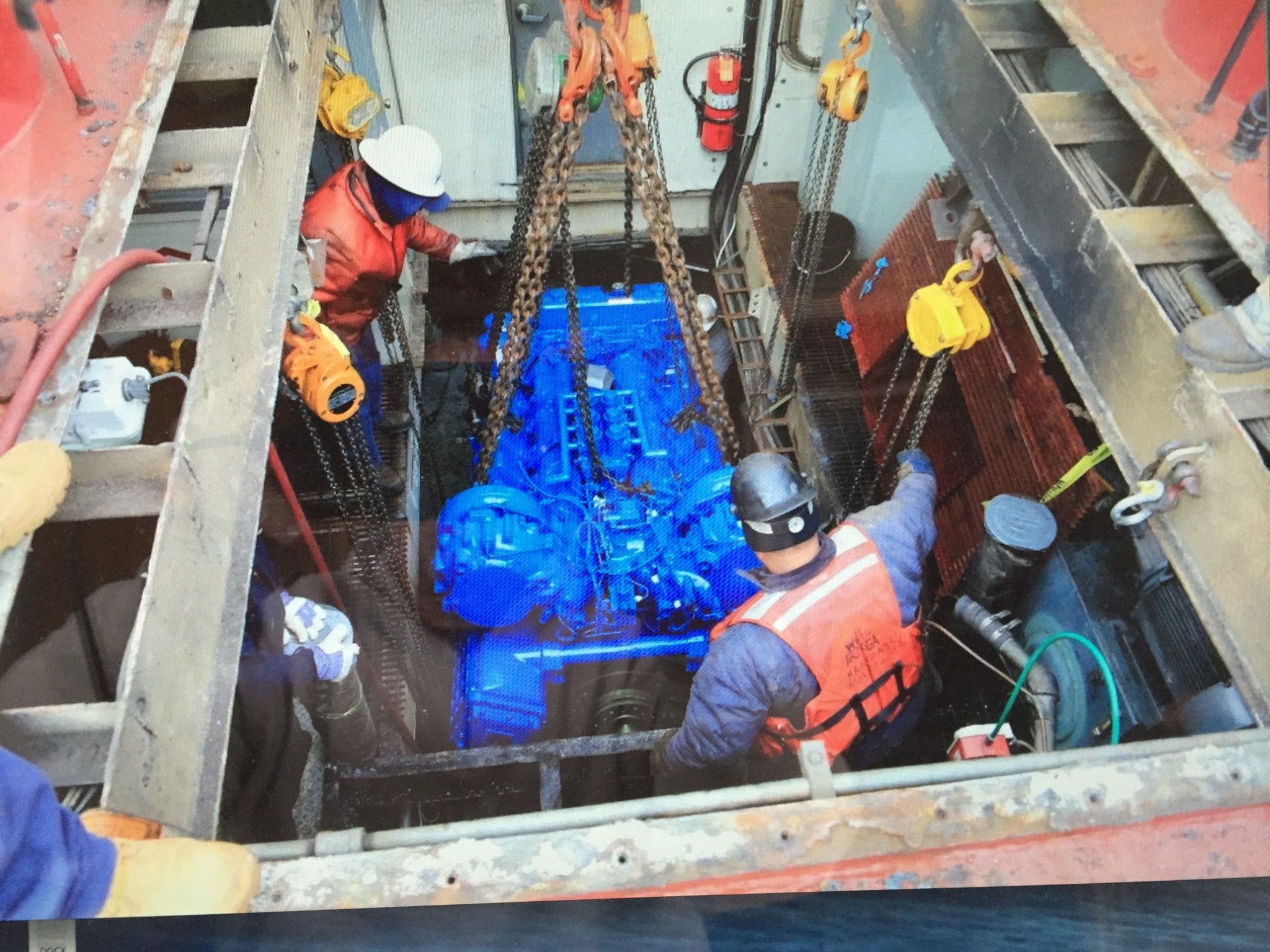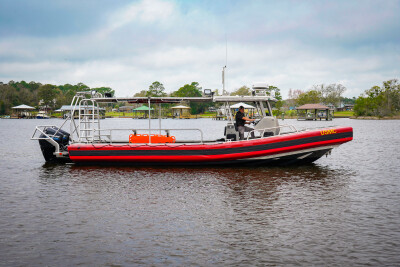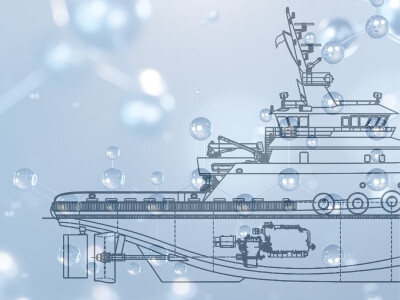Buying a new or even a used boat is often an exciting experience. Maintaining and repairing that boat is not nearly as much fun.
Jeff Sherman, senior sales manager with MTU Americas, is responsible for the workboat market in North America. Sherman has seen a lot over the past few decades when it comes to maintenance and repair, and he shared some of his thoughts on the subject at last week’s International Workboat Show. Sherman was the featured speaker at the Maintenance & Repair Day conference session on Wednesday morning.
Sherman said that like most other people in the business, he is astounded by the evolution of technology. “You can do a lot of troubleshooting from the office,” he said.
In the U.S., the Environmental Protection Agency’s rules and regulations pertaining to air quality issues for diesel engines have presented a lot of hurdles for manufacturers to clear. The EPA’s Tier 4 engine regulations have garnered the most attention so far. Compliant engines (above 804 hp) reduce particulate matter by 90% and nitrogen oxide by 80% over Tier 2 engines, EPA officials say. All engines over 804 hp had to meet EPA’s regulatory requirements by 2017.
However, getting to that goal has not been easy. Some engines must have extra equipment such as reactor boxes and urea tanks in order to be in compliance with EPA standards. MTU has what it calls its SCR (selective catalytic reduction) systems that can help owners meet the EPA’s goals and save space at the same time. “We used to say no smoke, no power. You can’t say that today,” said Sherman. “But how do you fit all of this into the boat?" The company's SCR systems are designed to help with that.
Despite all the talk about new technology and emission requirements, one simple rule of thumb remains constant no matter whose engines you have in your boat. “In spite of everything else, the most important thing is to keep your oil changed and replace your air filters on a regular basis,” said Sherman.





